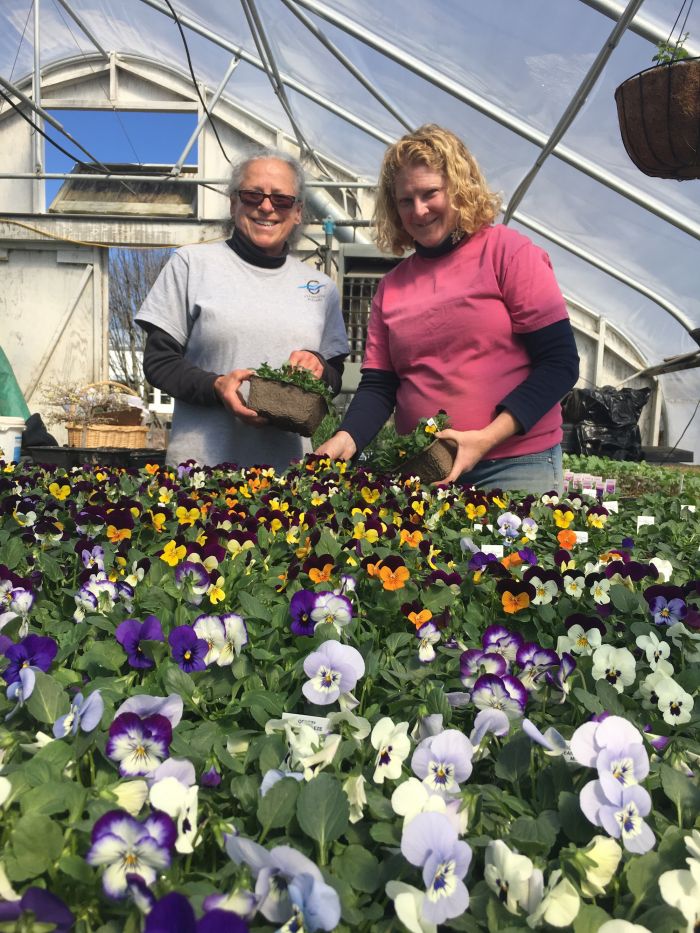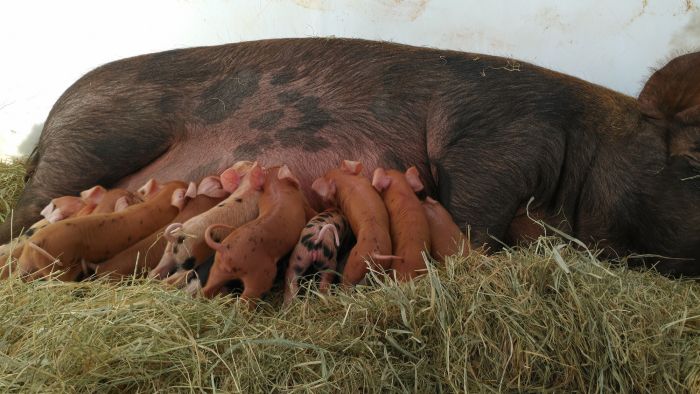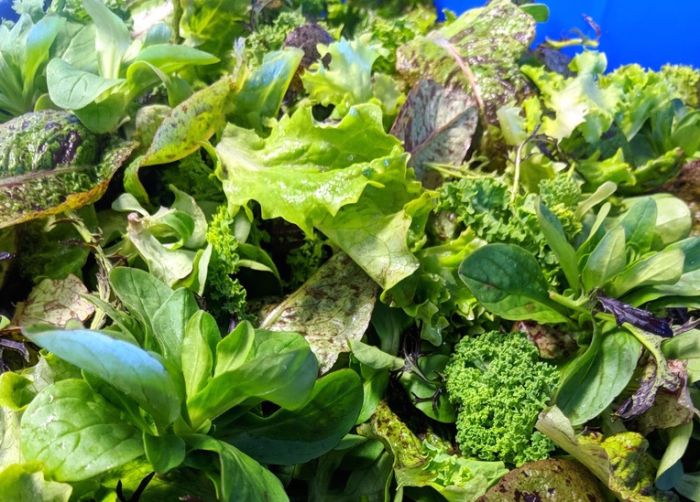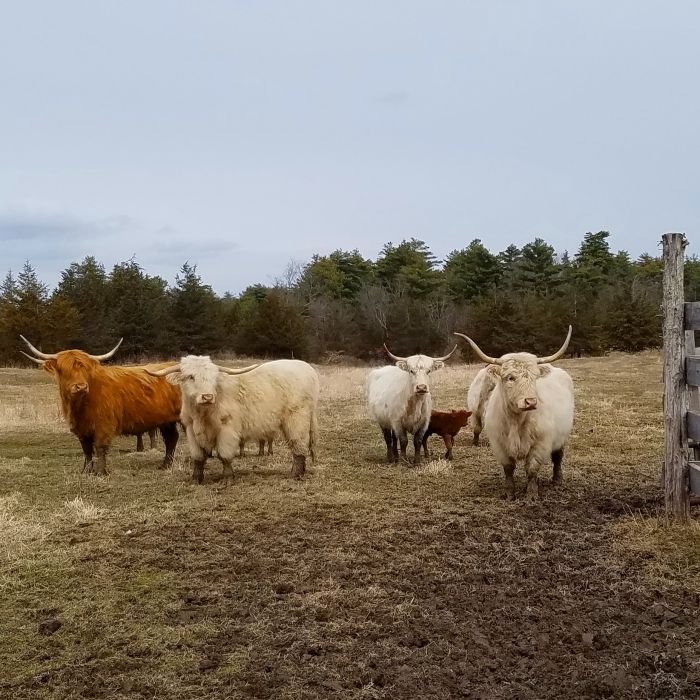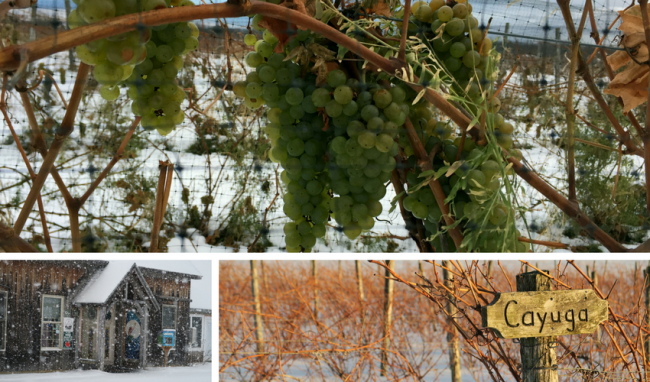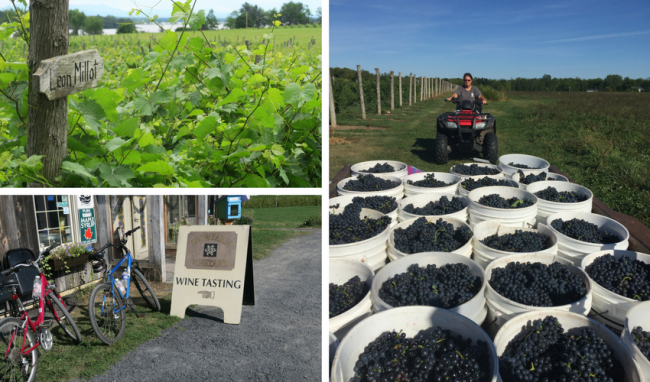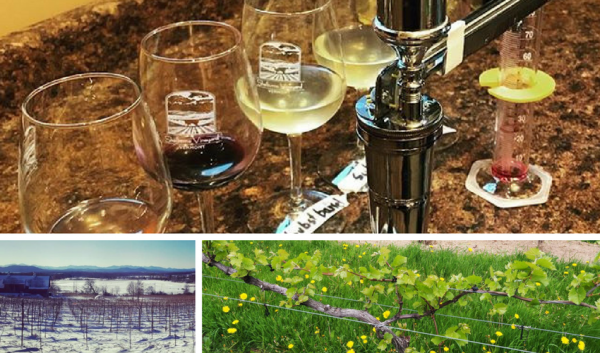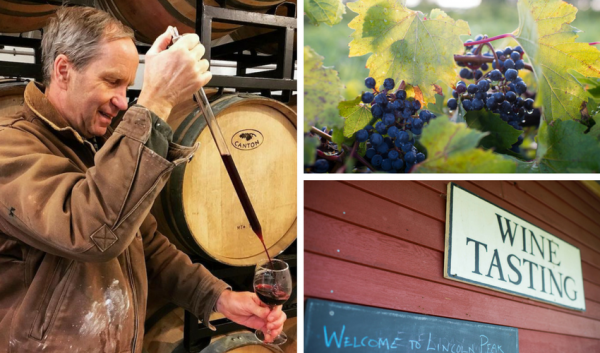Wine reflects the landscape in which it is grown – its “terroir” to borrow the French term. Vermont’s a small state, but it offers a diverse landscape that results in award-winning wines. White, red, rosé, sparkling, or dessert wine, in our community of vineyards you will get a true taste of Vermont’s terroir.
What are the secrets to making wine in Vermont? We asked winemakers from three Vermont vineyards to talk about winemaking and to tell us their story: Chris Granstrom of Lincoln Peak Vineyards, Patrick Barrelet of Snow Farm Vineyard, and Ethan Joseph of Shelburne Vineyards. Each brings a unique perspective to the craft of making estate grown wines.
This month, visit one of the many special dinners and tastings scheduled to celebrate Vermont wine so you can truly understand our winemakers stories and their wine. Join the Celebration of Vermont wine from March 24 -31.
Chris Granstrom | Lincoln Peak Vineyard
Head Winemaker
Lincoln Peak Vineyard | New Haven, Vermont
Onsite Tasting Room: Friday – Sunday, 11:00am – 5:00pm (Monday – Thursday by appointment for bottle sales and growler refills)
Chris Granstrom’s farm was originally planted with strawberries, but he converted it to growing grapes in 2001. Lincoln Peak’s twelve acre vineyard produced its first batch of commercial wine in 2006. Now they are making about 25,000 bottles of wine a year– all strictly from grapes grown on their farm. Lincoln Peak makes bright, crisp whites, hearty reds, joyful dry rosés, and some sweet and fruity wines, too. Over the last four years, they have entered International Cold-Climate Wine Competitions, and won three best-in-show awards along with several gold and double-gold medals.
How did you get started in winemaking?
I’m probably an exception in that I came to it from the farming side rather than the wine side. I was already a fruit grower when I planted my first vines and started to propagate young vines for others to plant. Then I started making wine from the grapes I was growing and I really liked the wine that these grapes could produce. The momentum from this start carries through to today in the fact that our wines are 100% “estate bottled,” which is a wine-geeky way of saying that we use only grapes that we grow in our own vineyard.
What is your winemaking style?
In general, I’d say that our wines feature fresh, bright flavors that are true to the grape variety and the land where they are grown.
What is one of your favorite varietals to work with and why?
I love working with Marquette because it makes such an outstanding red wine; we often hear from folks that they are surprised that a wine with such depth and complexity can come from Vermont. And it’s also versatile; in addition to our barrel-aged dry wine, we make a rosé and a nouveau-style wine from Marquette.
Any tips for those who are wine beginners and want to learn more?
Well, come for a visit! We love to introduce our wines to new friends. And wine isn’t (or shouldn’t be) in any way intimidating. The only thing you need to know about a wine is whether it tastes good to you.
What wines or winemakers do you find inspiration from?
I greatly admire the owner/winemaker at Linden Vineyards in Virginia, Jim Law. His integrity and devotion to his craft are admirable. And I should say that my friend Ethan Joseph, the winemaker at Shelburne Vineyards, and I often compare notes and wines. I think that our cooperation (and a little friendly competition) helps us both be better winemakers.
What has surprised you the most as a Vermont winemaker?
That a new wine area working with new grapes can produce such good wines. I really enjoy pouring a sample for someone from away who has never tasted a Vermont wine and seeing this reaction: “Oh…. OH! This is actually very good!” I suppose a winemaker could take offense at that, but I look at it just the opposite way: I’ve just made a new convert!
Patrick Barrelet | Snow Farm Vineyard

Head Winemaker
Snow Farm Vineyard | South Hero, Vermont
Onsite Tasting Room: Saturday and Sundays 11:00am – 4:00pm, Friday nights 5:00pm – 9:00pm
Not only a winery, but a beautiful destination in the middle of Lake Champlain, Snow Farm Vineyards is run by David and Julie Lane and their sons Nick and Alex. The climate and the location in the Champlain Valley permits Snow Farm to grow vinifera grapes, such as Pinot Noir and Riesling, as well as the more cold hardy French Hybrids, such as Vidal Blanc and Baco Noir. In addition to producing table wines, Snow Farm produces ice wine – a dessert wine that cannot be made in too many other places in the world. Quebec-based winemaker Patrick Barrelet has been involved in Snow Farm for over 22 years.
How did you get started in winemaking?
It all started when I was young because my dad and uncle were making wine with our grapes on our land in Bedford, Quebec. As I got older, I decided to study winemaking in depth. I got a plane ticket to France and honestly, I wasn’t sure I was going to like it. I was young…. I had the plane ticket…. I headed off with the idea that if I didn’t like it I could come home. But I fell in love with wine making! I studied at two different schools; Beaune and Dijon in Burgundy, France.
What is your winemaking style?
I use the traditional French style of winemaking. There are certain wines fermented in oak and other ones fermented in stainless steel. I let the grapes do the talking. I don’t use a lot of product, and technological, additions……There are so many ways to make wines, I am traditionalist!
What is one of your favorite varietals to work with and why?
That is a great question, I would say there are a few, Seyval Blanc is one but Vidal Blanc is my favorite. I can make a sauvignon style, or chardonnay style, or blend with it and Vidal makes an excellent Late Harvest wine. It all depends on the season.
Any tips for those who are wine beginners and want to learn more?
You have to keep things clean because you can scrap wines pretty easily. Don’t be afraid to experiment with yeast and temperature. In small batches be careful there is not too much air and always remember to keep things clean.
Do you have a favorite wine or vintage that you have made?
I have to admit 2016 was a great vintage. It is a year that made heavier reds than usual. More full bodied white. My favorite wine is 2016 Vidal Blanc. I am also partial to Leon Millot Reserve 2016.
What is one of the hardest things about winemaking in Vermont?
You can almost write that everything is hard . But, most important, consistency, in the weather, in the grapes is one of the hardest things. If you have a hard winter you will not have the same flavor profile and same production. That is a challenge I enjoy!
What wines or winemakers do you find inspiration from?
The winemakers that inspire me are the small winemakers in my region of Quebec. I admire their consistency with their product. You can make something good even if it’s difficult!
What has surprised you the most as a Vermont winemaker?
What surprised me the most is how well our grapes have done over 20 years! We planted a lot of different grape varietals not knowing how they would 20 years later. We could have had to rip everything out and put in Marquette’s but we stuck with it and I am proud to say they are doing well!
What is one of the most rewarding aspects of being a winemaker in Vermont?
When people come up to you and love your wine! That is rewarding. It really is!
Ethan Joseph | Shelburne Vineyard

Head Winemaker
Shelburne Vineyard | Shelburne, Vermont
Onsite tasting room: Seven days a week (11:00am – 5:00pm November through April & 11:00am – 6:00pm May through October)
Shelburne Vineyard began as a passion project in 1998 by Ken Albert and now encompasses 17 acres. Their LEED-designed winery opened in Feb 2008. Shelburne winery produces reds, whites, rosés, and ice wines, many of which have earned “Best in Category” gold medals in International competitions, and is now venturing into sparkling, orange, and naturally fermented styles of wine with the Iapetus wine label. Ethan Joseph is the head winemaker, and the new Iapetus label is his creation.
How did you get started in winemaking?
By chance really. I was introduced to Shelburne Vineyards while attending UVM. Shortly after I graduated, they were looking for a full time employee in the vineyard and winery and my current job with UVM was coming to a close. I had a basic interest in agriculture and fermentation, but no real background.
What is your winemaking style?
I’d say right now my style is exploratory. We’re working with pretty new varieties and still in the process of determining how best they express themselves and where they are grown. Wine is made in the vineyard, so we bring in the best fruit we can and do as little as possible in the winery.
What is one of your favorite varietals to work with and why?
I love L’Acadie Blanc. It’s a white grape grown quite a bit in Nova Scotia, but relatively unheard of in the US and there’s very little grown. It grows well in the vineyard, is well behaved and has good yields, and the wine is excellent.
Any tips for those who are wine beginners and want to learn more?
Winegrowing is tireless work, but incredibly rewarding. People need to be prepared for that and have a passion for all aspects of it. Read and talk to as many people as you can; this industry is all about shared knowledge and resources.
Do you have a favorite wine or vintage that you have made?
2016 was an exceptional growing season, the best I’ve experienced in my 10+ years. It was also the first vintage of a new sub-brand I created called Iapetus, which launched last November.
What is one of the hardest things about winemaking in Vermont?
What’s that cliche about the weather and waiting 10min?
What is one of the most rewarding aspects of being a winemaker in Vermont?
Pioneering a region that’s slowly proving to the industry and consumers that we are dedicated to producing high quality, place based wines using hybrid varieties.
Source: Dig in VT Trails

